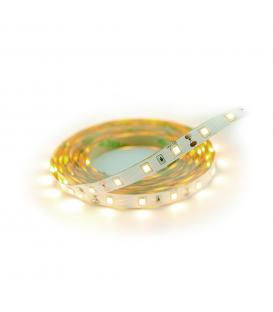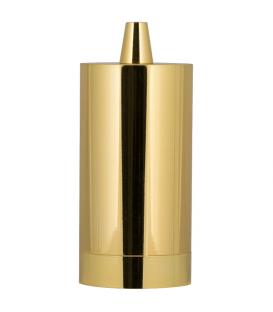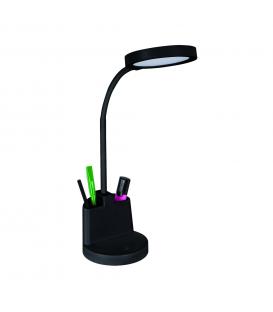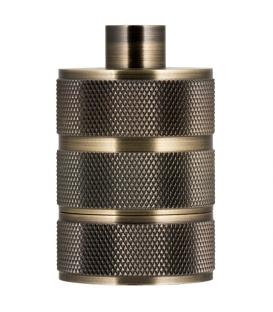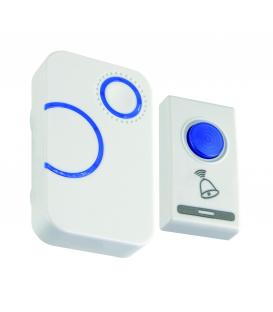Luminous Efficacy (symbol: lm/W)
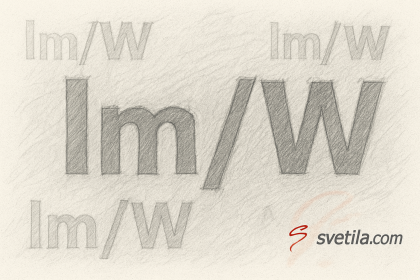
Luminous efficacy is a measure of how efficiently a light source produces visible light in relation to the amount of energy it consumes. It indicates how effectively a light source converts electrical (or other forms of) energy into visible light that can be perceived by the human eye. It is expressed in lumens per watt (lm/W).
What Does Luminous Efficacy Tell Us?
In simpler terms, luminous efficacy shows how much light output you get for each unit of energy input. A higher value means more light with less energy, which is ideal for energy-efficient lighting.
- Higher luminous efficacy = more efficient lighting
- Lower luminous efficacy = more energy lost as heat
- Used to compare performance across different lighting technologies
Typical Luminous Efficacy Values
Different light sources have different efficiencies. Here are some typical ranges:
- Incandescent bulbs: 10–20 lm/W – low efficiency, high heat output
- Fluorescent lamps: 50–100 lm/W – better efficiency, used in offices and homes
- LED lamps: 50–200+ lm/W – very efficient, long lifespan, energy-saving
- Sunlight: around 93 lm/W under standard daylight conditions
Why It Matters
Luminous efficacy helps you choose lighting that saves energy without sacrificing brightness. Whether you're outfitting a home, office, or industrial facility, using lights with high luminous efficacy means:
- Lower electricity bills
- Less environmental impact
- Better sustainability
Conclusion
Luminous efficacy is a key metric in modern lighting. It connects energy use to visible output and is essential for evaluating lighting quality, efficiency, and long-term costs. Choosing high-efficacy lights means smarter, greener, and more economical lighting.

